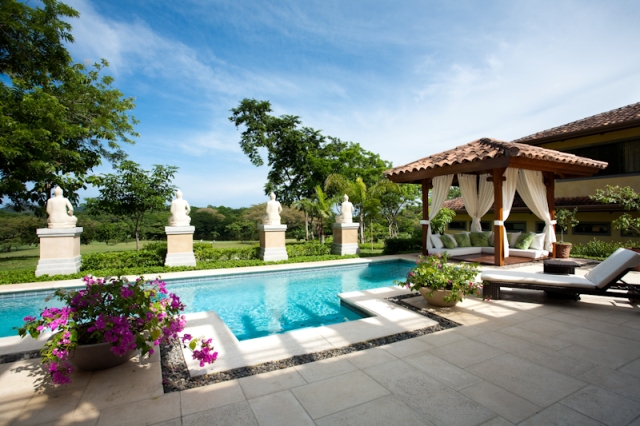By the Wildlife Conservation Society news staff
A Wildlife Conservation Society team in Nicaragua reported a dramatic increase in nesting of critically endangered hawksbill sea turtles including the highest nest counts since a conservation project began there in 2000.
The total nest count for hawksbill turtles in the project area in Nicaragua’s Pearl Cays region has increased some 200 percent from 154 in 2000 to 468 in 2014.
Of the areas monitored, poaching rates have decreased by more than 80 percent. Poaching in 2014 was one of the lowest in project history at approximately 5 percent. Nest success has averaged approximately 75 percent this season, with over 35,000 hatchlings going to sea as of the end of November.
Before the project began, a preliminary study of the Pearl Cays on the Caribbean coast showed that almost 100 percent of nests laid were poached and most eggs were removed for human consumption.
The Wildlife Conservation Society established the Hawksbill Conservation Project in 2000 to reduce poaching and create awareness. In 2010, it helped contribute to the establishment of the Pearl Cays Wildlife Refuge, which safeguards nesting, foraging, breeding and migratory areas for sea turtles, while protecting other marine species and important habitat types.
“These recent nest counts show that by working with local communities, we can save sea turtles from extinction,” said Caleb McClennen, the society's executive director of marine conservation. “Communities partnering with WCS are directly involved with safeguarding their own natural resources. Without their help and commitment, this project would fail, and Nicaragua’s hawksbill turtles would be doomed.”
In addition to monitoring nesting success Wildlife Conservation Society scientists satellite-tagged three nesting females this year. The turtles are currently being tracked as they move northward near the Honduran border. Since 1999, the Wildlife Conservation Society has captured and released nearly 3,000 sea turtles in the Pearl Cays. Staff record the date, size, and location for each sea turtle encounter as part of the tag and release program. This information can help improve the understanding of the species for informed management and development of conservation efforts in the region.
The society has been working on the Caribbean coast of Nicaragua since 1999 focusing primarily on marine turtle conservation and public education and awareness.


